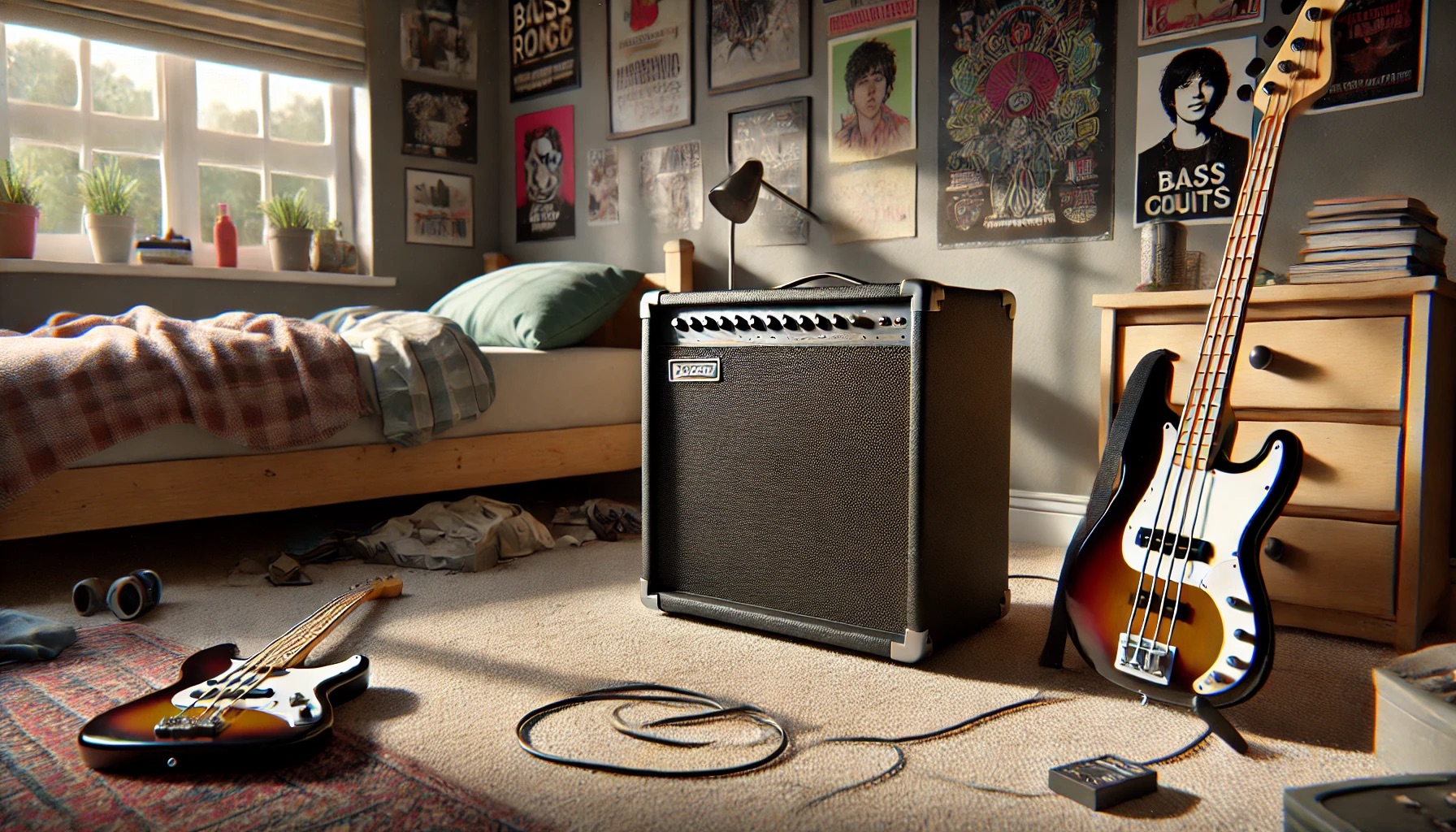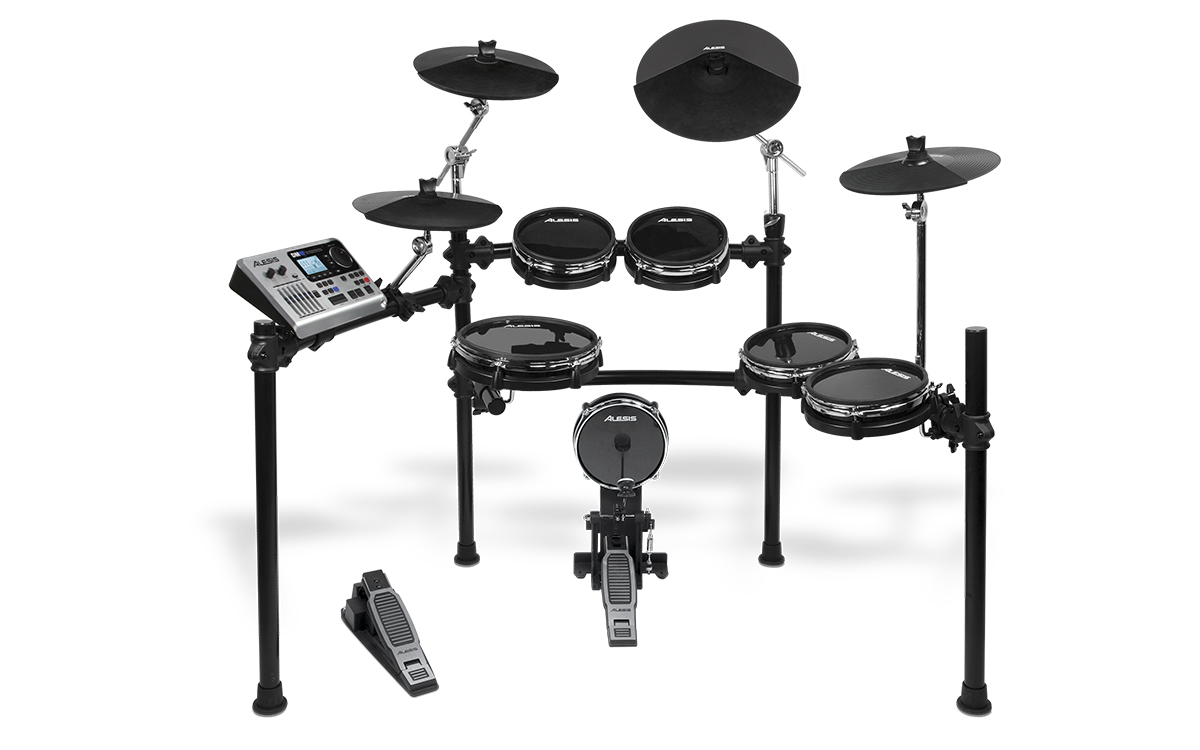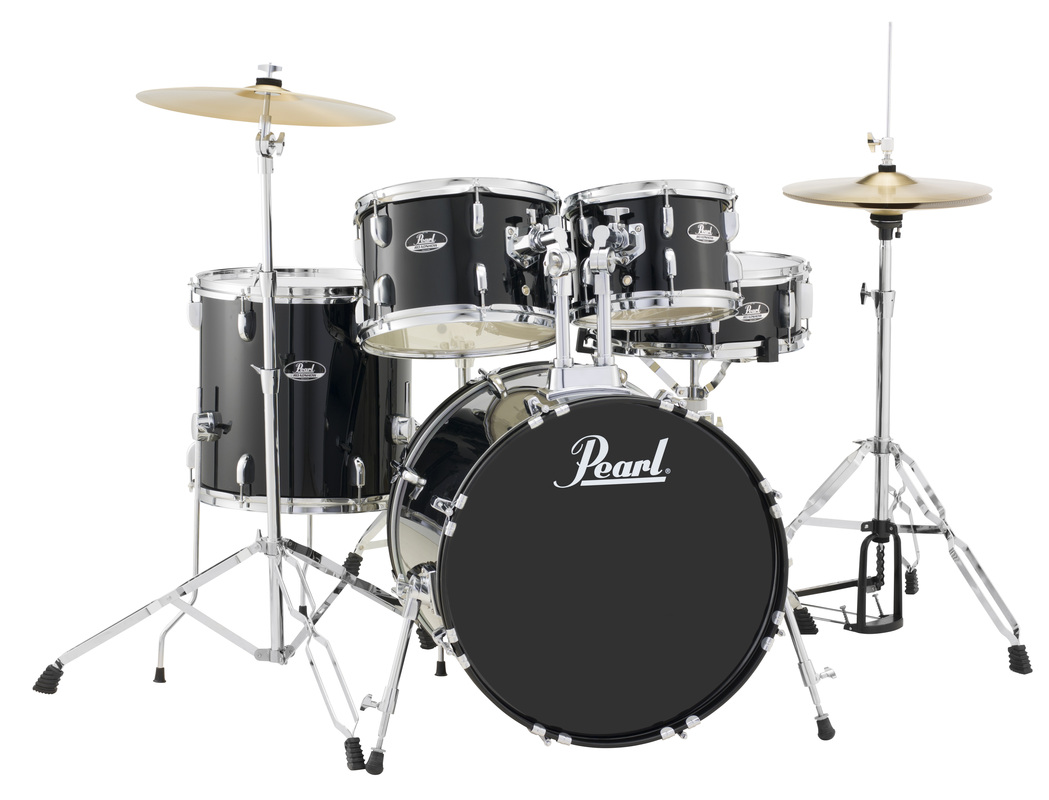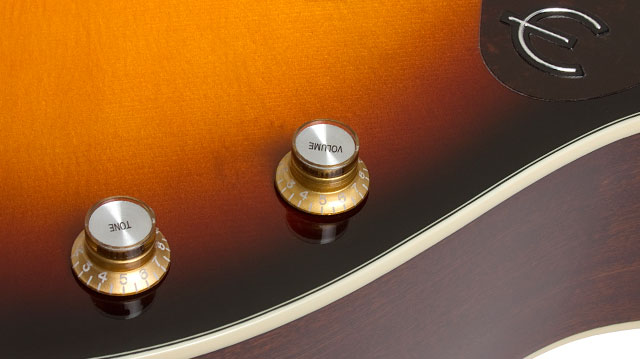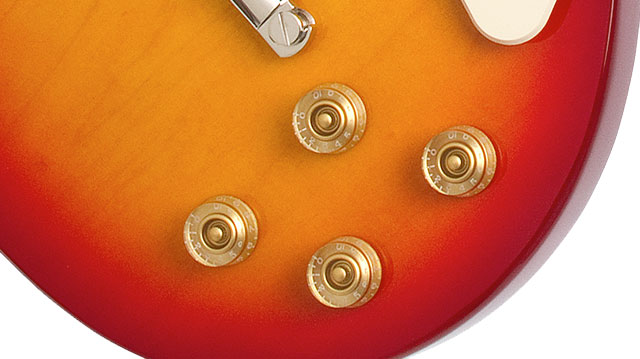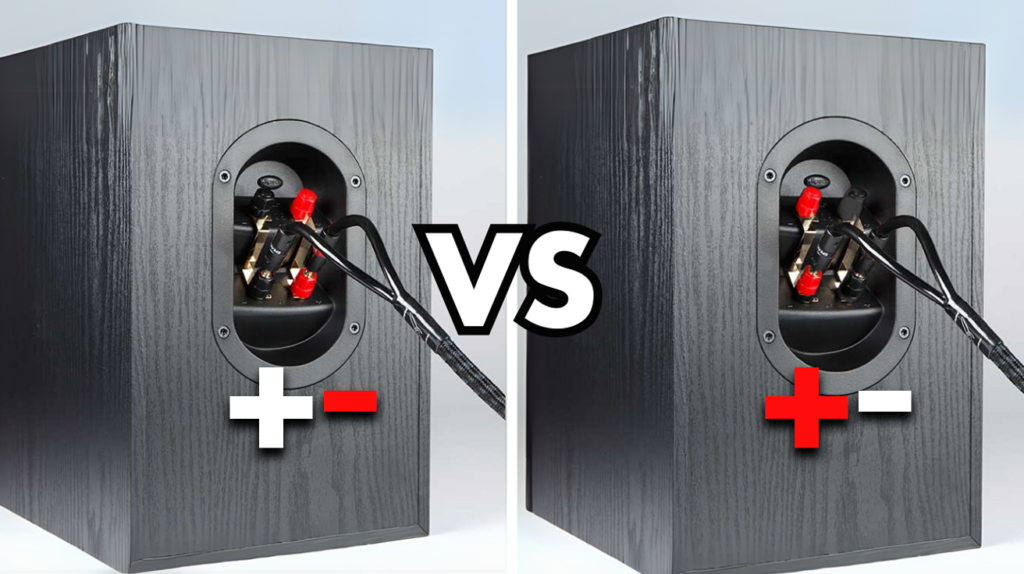
The thin, weak bass in your home audio system isn’t your speakers’ fault. Incorrect wiring destroys sound quality before your system has a chance to perform. When speakers are wired with reversed polarity, they work against each other instead of together. The result is canceled bass frequencies, muddled midrange, and a collapsed soundstage that ruins your listening experience. This simple mistake costs nothing to fix but everything in sound quality.
The solution lies in understanding basic polarity principles. Let’s look at how connecting your speakers correctly transforms your audio instantly without spending a dime.
10. Single Speaker Reverse Polarity
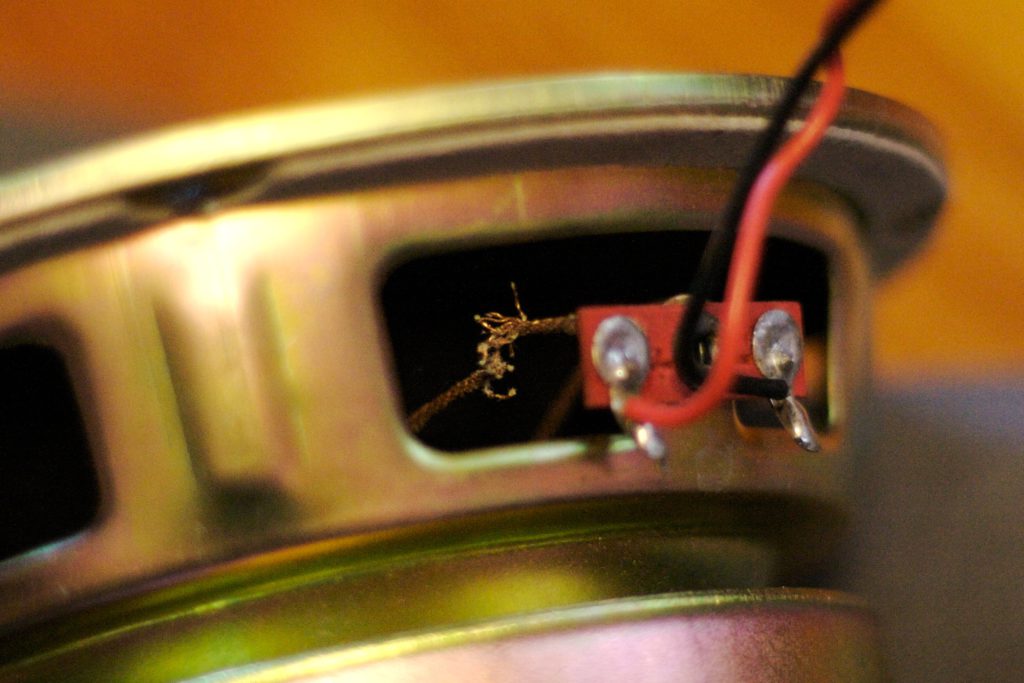
Single speakers mask polarity errors that would destroy sound quality in larger systems. In a single speaker setup, polarity barely matters. Flip the positive and negative wires? The sound remains identical because your single driver still pushes air in the same pattern, just with inverted movement direction. Your ears detect the same acoustic energy regardless of polarity, with absolutely no change in tonal characteristics.
It’s like when Superman reverses the Earth’s rotation in that cheesy movie scene – looks dramatic on paper but makes zero practical difference when you’re just using one speaker. When you add that second speaker to your setup, suddenly every connection choice matters to your listening experience.
9. Speaker Components and Function

Precision-engineered speaker components translate electrical signals into rich sound waves that bring your music to life. Your speaker uses positive (red) and negative (black) wires that connect to a coil sitting in a magnetic field. Electricity flows and the coil interacts with magnets to create a push-pull action that moves the cone, generating sound waves that travel through the air to reach your ears.
(Ever noticed how the best Bluetooth speakers seem to breathe when playing bass notes? That’s the cone doing exactly what it should!) The entire system works like a translator converting the foreign language of electricity into the universal language of sound. Those color-coded terminals eliminate connection guesswork, ensuring every note reaches your ears exactly as the artist intended.
8. DC vs. AC Current in Speakers

DC current ruins speakers within minutes, but proper AC signals ensure years of pristine audio performance. While batteries provide direct current (DC), your speakers require alternating current (AC) to function properly. AC signals cause speaker cones to move rapidly back and forth producing sound, whereas DC merely heats up the voice coil to dangerous temperatures that can permanently damage the speaker.
DC creates only a fixed position that produces no sound waves. This works about as well as trying to clap with one hand – technically you’re making an attempt, but nobody’s hearing applause. A quick DC exposure can permanently damage speaker components, but proper AC-only connections protect your investment for decades.
7. Transducer Operation
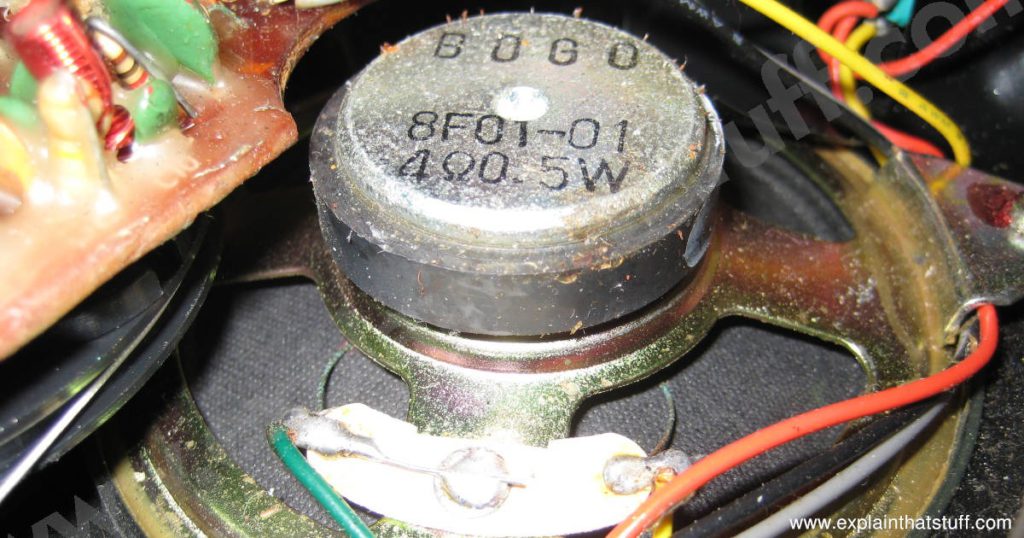
Cranking up your favorite song? Inside your speakers, tiny coils are dancing in magnetic fields to create those perfect sound waves. Speakers contain positive and negative terminals that connect to the internal voice coil, which receives sine waves from your amplifier and responds by moving outward and inward in patterns that perfectly match the audio frequencies in your music.
These frequencies create instant sound waves with higher frequencies producing faster cone movements, transforming electronic sine waves into real acoustic energy that fills your room. The speaker works like a gossip at a party – it takes information from one source and broadcasts it to everyone within range. A properly connected transducer reproduces frequencies from 20Hz to 20kHz, capturing everything from thundering bass to crystalline highs.
6. Audible Difference with Sine Waves
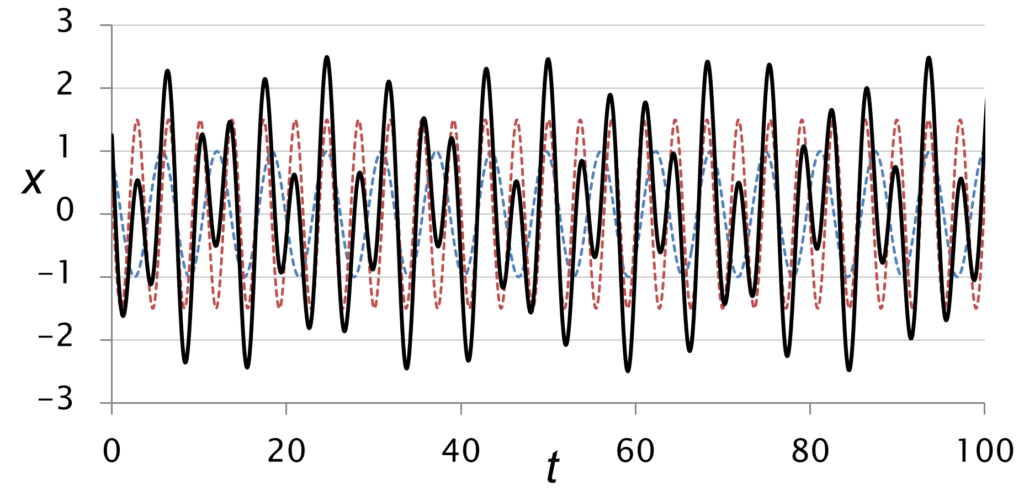
If you’re testing speaker polarity with sine waves, you’re wasting your time with single-speaker setups. Send a pure 300 Hz sine wave to your speaker, then switch the positive and negative wires before listening again. You’ll notice absolutely no difference in sound because sine waves have perfect symmetry by nature, making polarity switches completely inaudible. Flipping the wire connections produces mathematically different but acoustically identical results.
This only applies to single speakers, though. Experiments repeatedly confirm no audible change when playing pure tones. This situation creates about as much drama as switching the order of identical twins – technically something changed, but nobody can tell the difference without special equipment. If you’re an audio purist seeking perfect single-speaker sound, save your energy for room placement instead of obsessing over polarity.
5. Audible Difference with Snare Drum Sample

For audio engineers obsessed with perfect transients, snare drum samples reveal a surprising truth about polarity perception. A snare drum hit begins with a sharp, positive sound spike that completely reverses direction when polarity is flipped, yet remarkably, listeners will perceive no difference whatsoever. The snare character remains acoustically identical to your ears even with this technical change, an effect particularly noticeable in single-speaker configurations.
Human hearing simply doesn’t detect these phase differences alone. Your brain processes that snare as a snare regardless. (And yes, this means those forum arguments about “reversed polarity ruining the snare sound” are mostly people convincing themselves they hear differences that science says they can’t.) During your next listening session, try reversing one speaker’s polarity while playing percussion-heavy music – the difference will shock even casual listeners.
4. Multiple Speakers and Polarity

Although one backward speaker might initially go unnoticed, problems multiply rapidly. Wrong polarity makes speakers fight each other, and sound waves cancel out instead of combining. The bass disappears, and imaging turns fuzzy.
Your speakers must move together in perfect sync, but the sound quality tanks when they work against each other. Proper wiring ensures your system performs as designed, like synchronized swimming – when one person moves in the opposite direction, the whole routine falls apart. When speakers fight each other due to incorrect wiring, bass response drops significantly, but proper polarity alignment instantly restores that missing foundation.
3. Signal Cancellation Experiment
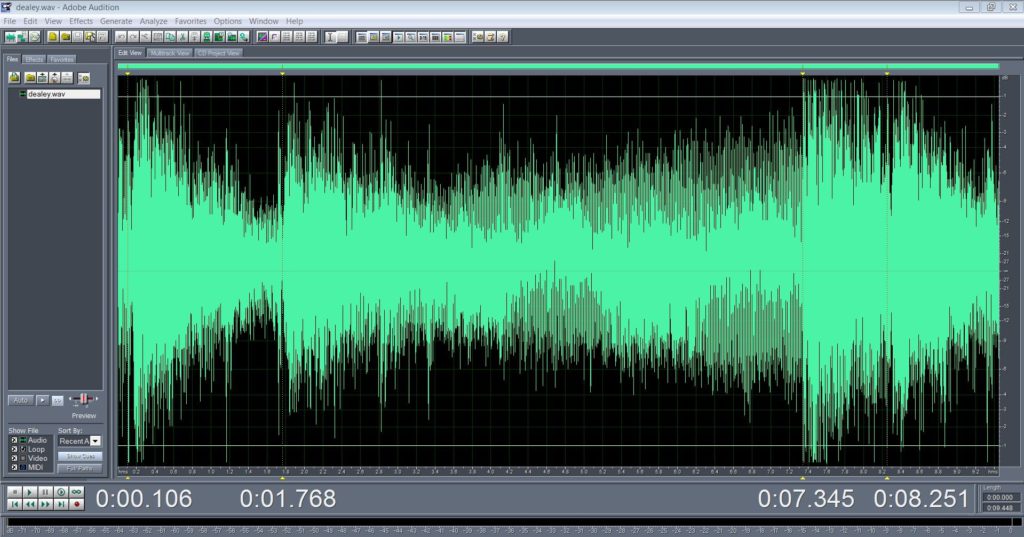
Two identical sound waves can create perfect silence when polarity gets reversed. Take two identical 300 Hz tones playing together. Normally, combining them boosts volume significantly and you’d expect a much stronger signal. But invert one tone’s polarity and listen again. The sounds cancel completely and the result drops to nearly zero volume, shocking first-time listeners.
This demonstrates how waves interact in space. Polarity directly determines whether signals add or subtract. (Audio engineers exploit this phenomenon to remove unwanted sounds from recordings – basically audio wizardry that feels like removing ingredients from a finished cake.) This phase cancellation principle powers noise-canceling headphones, giving you peaceful listening environments even in noisy surroundings.
2. General Wiring Guidelines
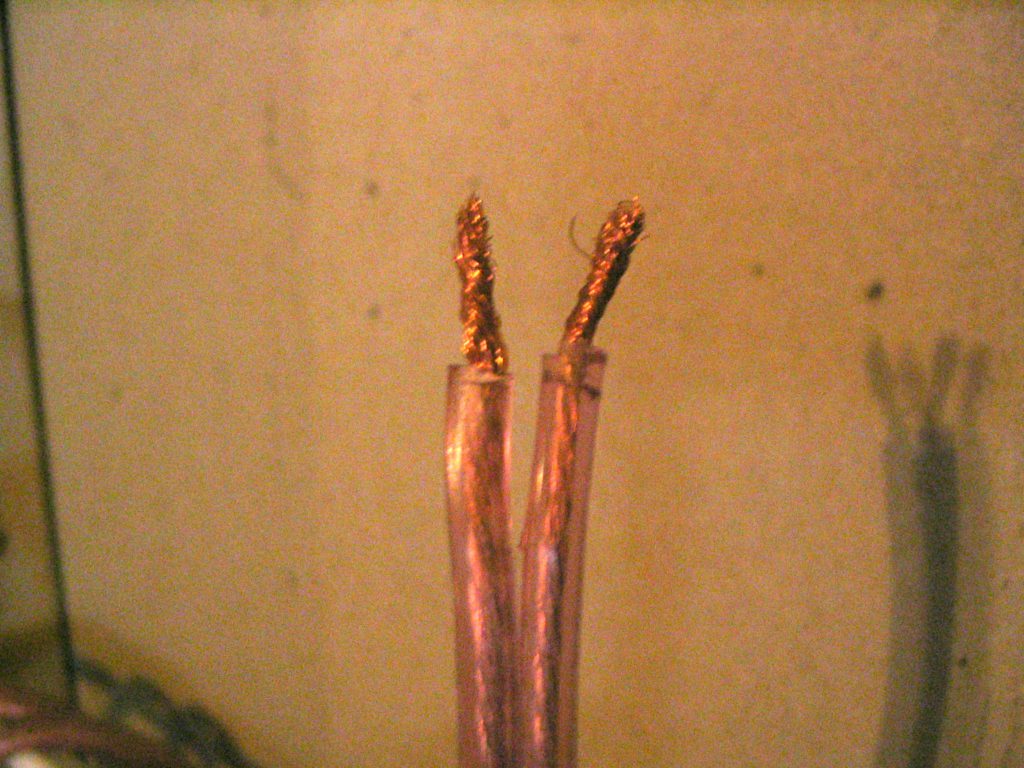
Color-coded speaker terminals eliminate connection errors and deliver the sonic clarity your music deserves. For proper setup, follow these simple rules. Connect your amp’s positive (+) terminal to your speaker’s positive (+) terminal. Then, connect your amp’s negative (-) terminal to your speaker’s negative (-) terminal. This ensures correct polarity throughout your system. Proper connections maximize sound clarity instantly.
Always match positive to positive consistently. Negative connects to negative everywhere. This eliminates phase problems completely. (And yes, those fancy $500 speaker cables with directional arrows offer minimal benefits compared to just getting the polarity right with standard wire.) If you’re upgrading to a multi-room audio system, these same positive-to-positive, negative-to-negative rules apply to each and every connection.
1. Complicating Factors

Standing in the sweet spot between speakers but still hearing muddy sound? Room acoustics might be sabotaging your perfect wiring job. Several factors affect speaker performance in real rooms and in home recording studios. Your space dramatically changes how sound behaves, time delays create sonic interference you’ll notice, and room reflections muddle clarity significantly. Phase inconsistencies degrade sound quality too.
Properly aligning these elements makes huge differences. Overcoming challenges maximizes clarity for better listening. Each factor changes what you hear substantially. Dealing with acoustic issues feels like trying to herd cats while blindfolded – just when you solve one problem, another pops up elsewhere. Room acoustic treatments reduce audio reflections considerably, revealing subtle details your properly-wired speakers were reproducing all along.














